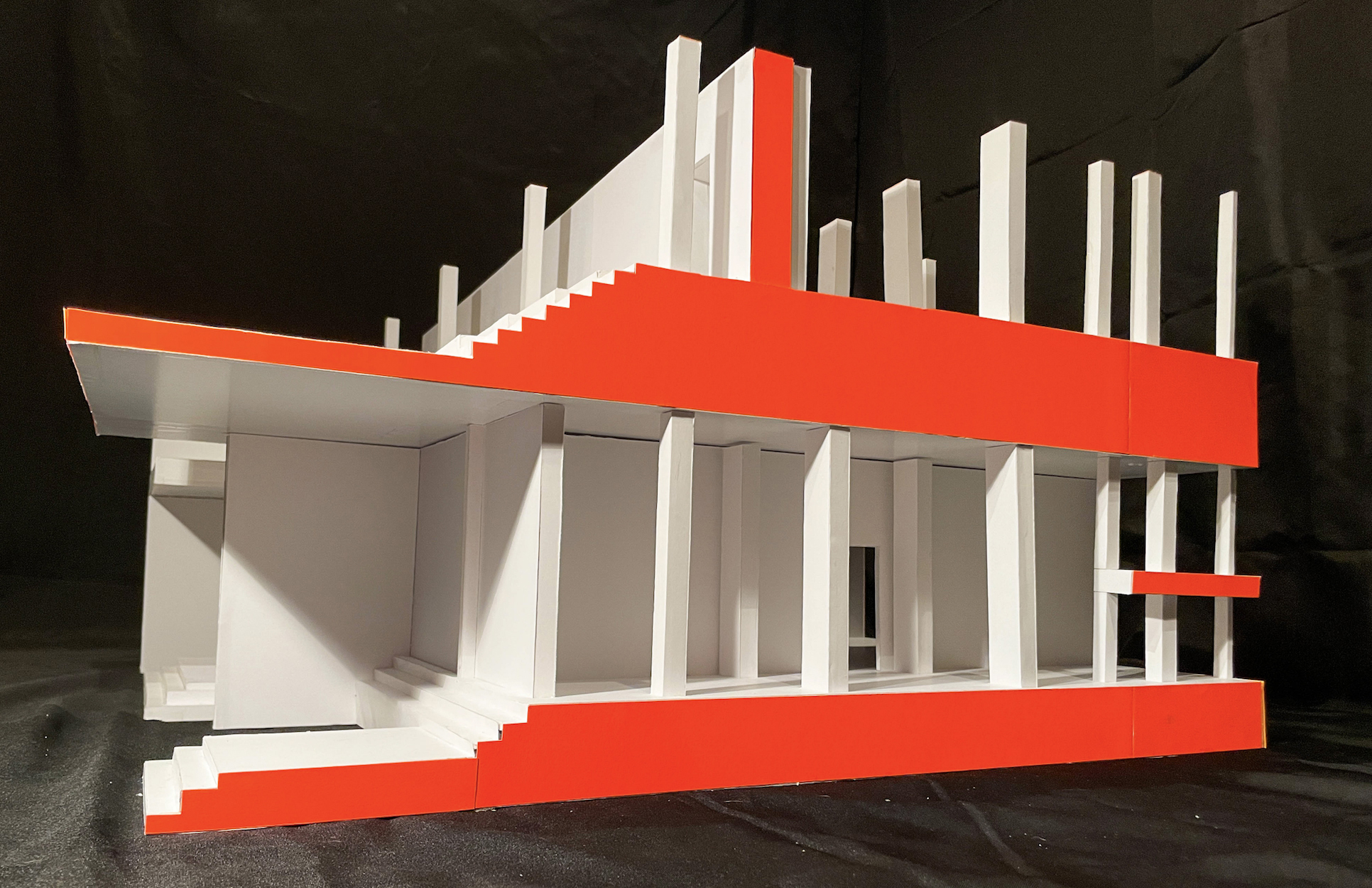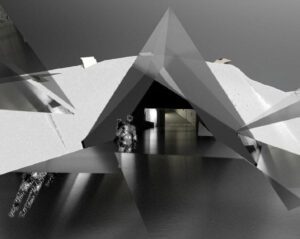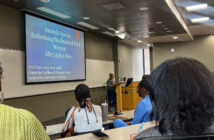Each school year, Lehigh’s Department of Art, Architecture and Design gives awards to students within their department for distinguished academic achievement. Some of these awards include the Theodore U. Horger ‘61 Award and the Richard Redd Award. The Brown and White spoke to three of the award recipients about their recognition, education and experiences within the classroom.
Richard Redd Award
The Richard Redd award is granted to a senior majoring in art, architecture, design or art history who receives faculty recognition for outstanding classroom performance and significant contributions to their department. The grant is in honor of Richard Redd, a Lehigh professor who made substantial contributions to the Department of Art, Architecture and Design during his 30-plus years at Lehigh. As stated on the AAD website, the department seeks to honor students who contribute to the culture of the department and foster a feeling of pride or “healthy espirit de corps.”
Nik Nikolov, associate professor of architecture, said the winners of the award are determined by a vote from the entire faculty. Nikolov said the students in the department encourage and challenge one another by working together, ultimately improving their work. In 2021, two architecture students were bestowed with the award.
Ryan Saks
Ryan Saks, ‘22 architecture and civil engineering double major, is one of the recipients of the Richard Redd award. Saks said she was surprised to receive the award and feels honored to have been recognized by the faculty members in the department, especially those with whom she has taken classes.
Within the architecture department, Saks recently finished a project in which she created nine institutions encompassing several concepts she learned in class and inspired by a reading about Louis Kahn. Saks said she was able to take creative liberties with the project and enjoyed working on it, despite the all-nighter she pulled to finish it.

An architectural model designed by Ryan Saks, ’22. This model was a part of a project where Saks created institutions using concepts that she learned in class. (courtesy of Ryan Saks)
Saks said her knowledge of architecture and engineering impacts how she sees things in the real world. She said she often finds herself noticing the design and planning of the different structures she encounters.
“I’ll go to a restaurant and think ‘an architect definitely did not design this,’” Saks said. “It’s funny to recognize those things in the real world since having the education.”
Teasha McKoy
Teasha McKoy, ‘22 architecture major, is also a recipient of the Richard Redd award. Her most recent architecture project involved her and a few peers building a model of a columbarium after visiting a local cemetery. A columbarium is a structure containing many urns.

An architectural model of a columbarium made by Teasha McKoy, ’22, and a few of her peers. A columbarium is a structure that contains many urns. (courtesy of Teasha McKoy)
McKoy said she put the image of a pyramid — a symbol of resting place that dates back thousands of years — and a lemniscate next to each other in the columbarium to represent the infinite nature of death. She layered fragmented polygons onto the image to emphasize the pyramidal portal that separates the two states of existence.
McKoy said she felt inspired by the project and thought it was a good challenge. She said she enjoys projects that have open questions, enabling her to think creatively and possess greater agency over her work.
“I was moved by the idea of meeting the deceased where they are,” McKoy said. “I wanted to emphasize the sense of transcendence from the plane of the living to that of the dead. The fragmented polygons are layered onto the image to emphasize the pyramidal portal that separates the two states of existence. It creates a different experience from simply visiting the headstone of a loved one.”
McKoy said architecture is a big facet of her identity in academics. She said many of her projects have challenged her to move outside of her comfort zone.
As an athlete juggling a busy academic and athletic schedule, McKoy said she appreciates the flexibility and school-to-life balance she has been able to have in her studies. She said the support and encouragement she has received from the department helps make her success possible.
Theodore U. Horger ‘61 Award
After graduating from Lehigh in 1961, Theodore Horger became a successful senior level engineer who was passionate about visual arts, music and theater, according to the university website. As a frequent patron of Zoellner Arts Center, his estate established the scholarship in his memory to support highly creative students studying art, architecture, design, music or theater.
Jack Catlett
Jack Catlett, ‘23 design major, is the recipient of the Theodore U. Horger Award. He said he was unfamiliar with the Theodore Horger award before it was given to him, however he was grateful that his professors recognized him for his work in the department.
Catlett said most of his classes have been studio classes at Mountaintop campus, which has allowed him to explore his interests in an atypical classroom setting. Catlett said he is glad he has this opportunity, as he prefers studio work to taking exams in a classroom.
He recently worked on a project for his furniture design class where he and Simeon Krizan, ‘23, built a bench out of donated wood. The completed piece will be donated to the Allentown Art Museum.
“I’m glad to be doing what I like to do and to know what that is this early in my career,” Catlett said.
Since the start of his academic career, Catlett said he has looked at things, both in and out of the classroom, with an eye for design. Because of this, he keeps many sketchbooks and is always writing things down.






Comment policy
Comments posted to The Brown and White website are reviewed by a moderator before being approved. Incendiary speech or harassing language, including comments targeted at individuals, may be deemed unacceptable and not published. Spam and other soliciting will also be declined.
The Brown and White also reserves the right to not publish entirely anonymous comments.